India's Golden Triangle Tours is a journey through the heart of the country, showcasing its rich history, vibrant culture, and architectural wonders. Spanning three iconic cities – Delhi, Agra, and Jaipur – this tour offers travelers a glimpse into India's majestic past and dynamic present. Here are 10 must-visit attractions that should be on every traveler's itinerary.
Must Read:Pilgrimage Destinations In India
1. The Taj Mahal: Jewel of India
https://www.indiadrivertours.com/tourpackages/golden-triangle-tours/
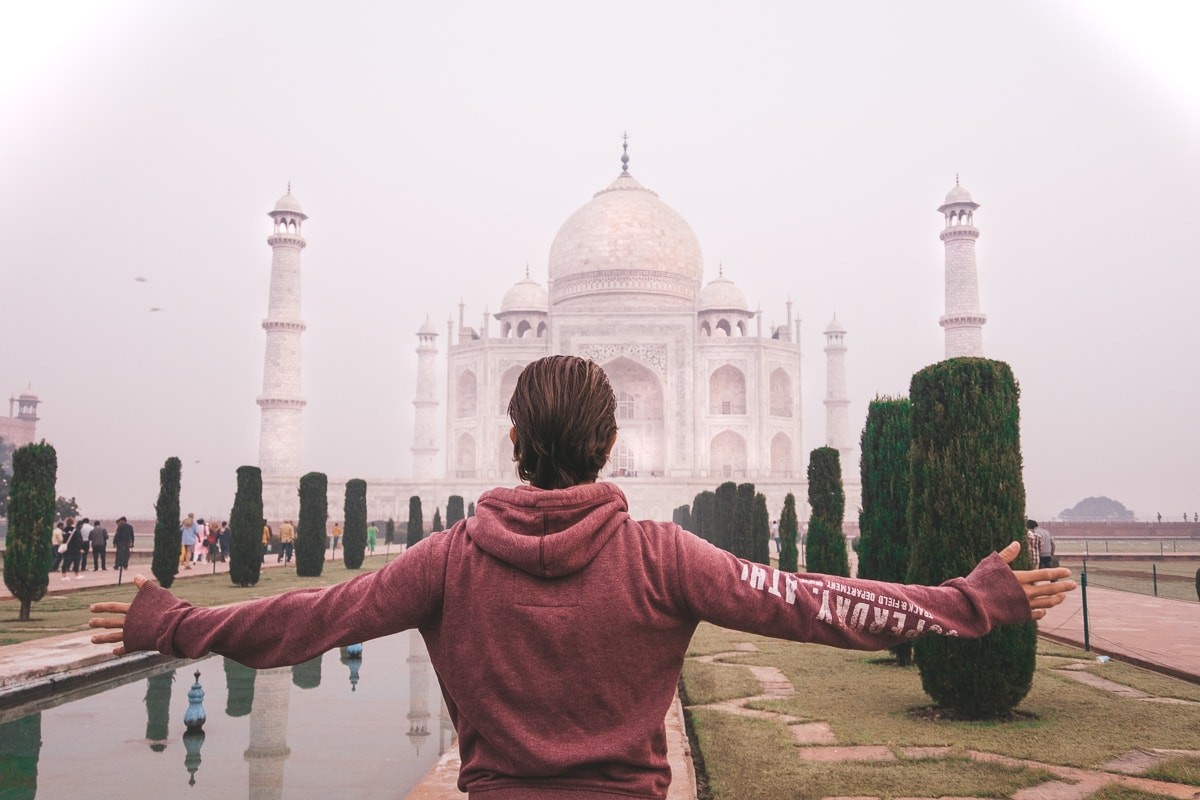
Undoubtedly the crown jewel of the Golden Triangle, the Taj Mahal in Agra is an architectural marvel and a symbol of eternal love. Built by Mughal Emperor Shah Jahan in memory of his beloved wife Mumtaz Mahal, this white marble mausoleum mesmerizes visitors with its intricate carvings, symmetrical gardens, and serene ambiance.
History and Significance
The Taj Mahal's construction began in 1632 and took over 20,000 artisans and craftsmen to complete. It is recognized as a UNESCO World Heritage Site and is considered one of the New Seven Wonders of the World.
Architecture and Design
The mausoleum's design seamlessly blends elements from Persian, Islamic, and Indian architectural styles, showcasing exquisite craftsmanship and attention to detail.
Best Time to Visit
To avoid crowds and witness the Taj Mahal's beauty in the soft morning light, it's best to visit during the early hours of the day.
2. Jaipur: The Pink City
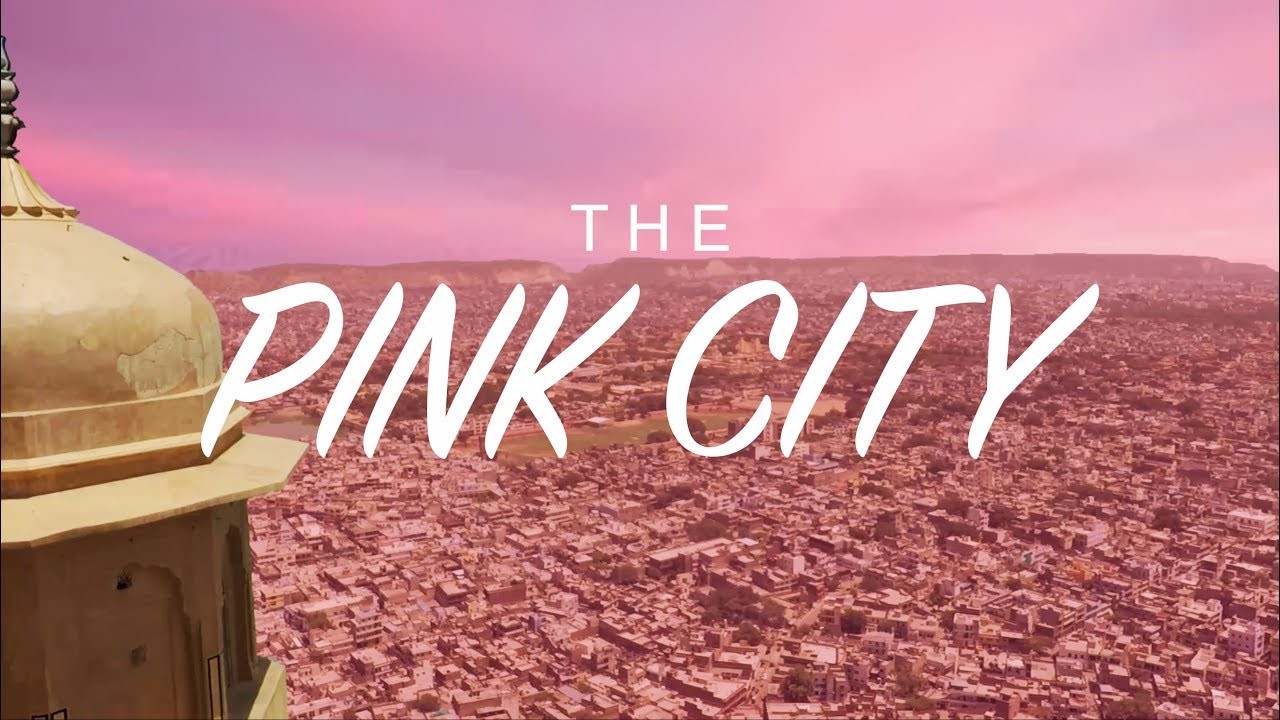
Jaipur, the capital city of Rajasthan, is known as the Pink City due to the distinct color of its buildings. Steeped in history and culture, Jaipur is a vibrant destination offering a blend of ancient traditions and modern attractions.
Exploring the Majestic Forts
Jaipur is home to several magnificent forts, including Amber Fort, Nahargarh Fort, and Jaigarh Fort, each offering panoramic views of the city and a glimpse into its royal past.
Experiencing Local Culture
Immerse yourself in Jaipur's rich cultural heritage by attending traditional dance performances, visiting local markets, and savoring authentic Rajasthani cuisine.
Shopping in Jaipur
From vibrant textiles and exquisite jewelry to handicrafts and souvenirs, Jaipur's bustling bazaars are a shopper's paradise. Don't miss the famous Johari Bazaar and Bapu Bazaar for a memorable shopping experience.
3. Agra Fort: A UNESCO World Heritage Site

Another architectural masterpiece in Agra, the Agra Fort is a UNESCO World Heritage Site that served as the main residence of the Mughal emperors for generations.
Historical Overview
Built primarily as a military structure by Emperor Akbar in the 16th century, the Agra Fort later underwent extensive renovations and additions by subsequent rulers.
Notable Features
The fort's impressive red sandstone walls, intricate marble work, and palatial buildings such as the Jahangir Palace and Khas Mahal are highlights of its grandeur.
Tips for Visiting
To make the most of your visit, hire a knowledgeable guide who can provide insights into the fort's history and architecture.
4. Amber Fort: A Blend of Hindu and Mughal Architecture
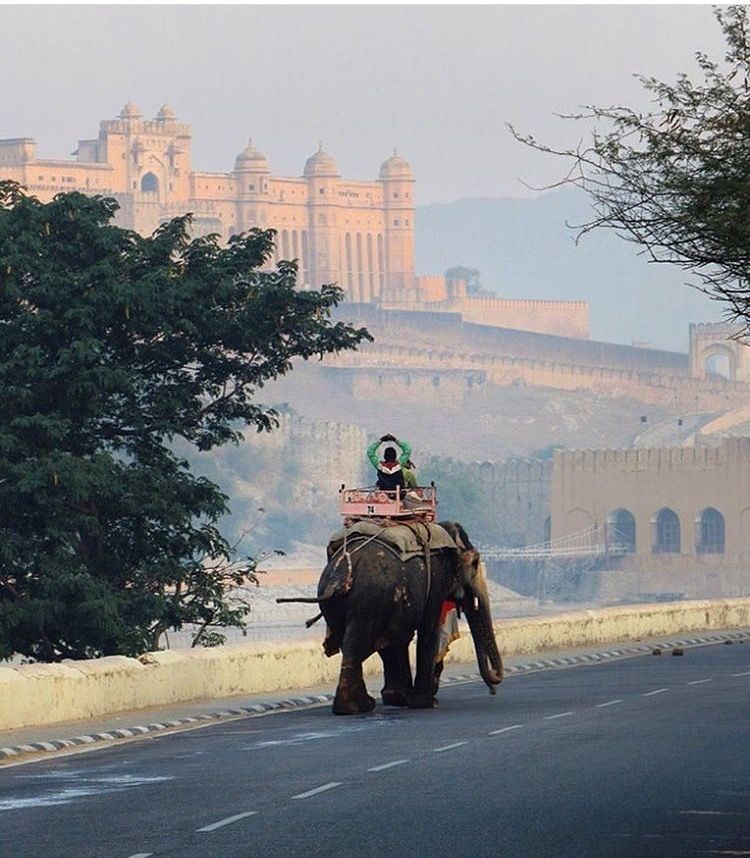
Perched on a hilltop overlooking Maota Lake, the Amber Fort is a magnificent blend of Rajput and Mughal architectural styles.
Background Information
Constructed in the 16th century by Raja Man Singh I, the fort served as the capital of the Kachwaha Rajputs before Jaipur was established.
Highlights of the Fort
From its ornate gateways and stunning courtyards to the Sheesh Mahal (Hall of Mirrors) and Diwan-i-Khas (Hall of Private Audience), Amber Fort exudes opulence at every turn.
Activities to Do
Don't miss the chance to ride an elephant or take a jeep safari up to the fort for a truly memorable experience.
5. City Palace, Jaipur: A Marvel of Rajput Architecture
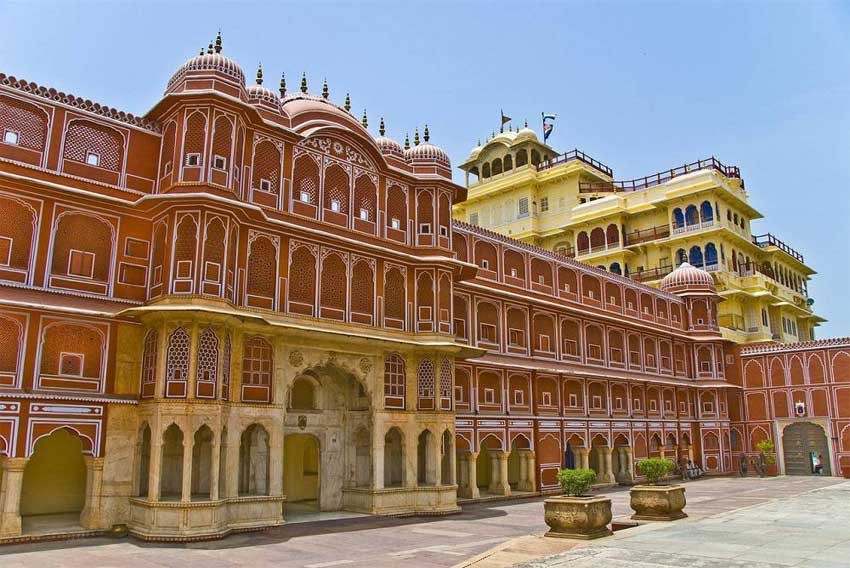
Located in the heart of Jaipur, the City Palace is a splendid complex of palaces, courtyards, and gardens that exemplifies Rajput architecture at its finest.
Introduction to City Palace
Built by Maharaja Sawai Jai Singh II, the City Palace is a symbol of Jaipur's royal legacy and houses several museums, including the Maharaja Sawai Man Singh II Museum and the Textile Gallery.
Architectural Highlights
The palace's intricate facade, marble columns, and ornate gateways reflect a harmonious blend of Rajput, Mughal, and European architectural influences.
Must-See Attractions Within the Palace Complex
Explore the Mubarak Mahal, Chandra Mahal, and Pitam Niwas Chowk to discover exquisite artwork, royal artifacts, and stunning views of the city.
6. Hawa Mahal: The Palace of Winds
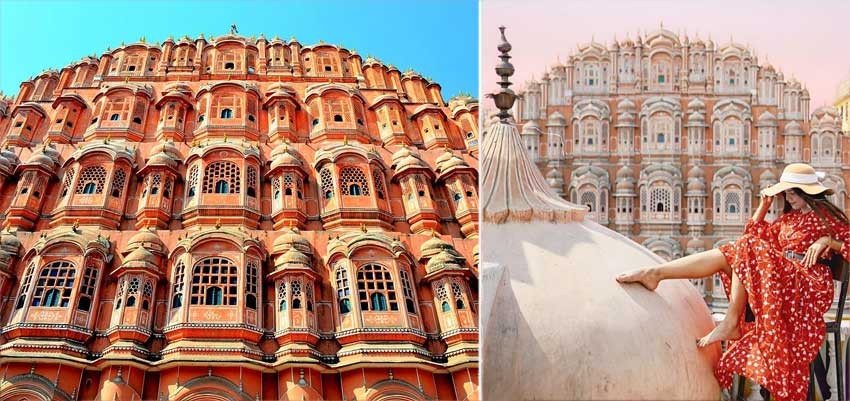
One of Jaipur's most iconic landmarks, the Hawa Mahal is a unique five-story palace adorned with intricate latticework and over 900 windows.
Significance and History
Built in 1799 by Maharaja Sawai Pratap Singh, the Hawa Mahal was designed to allow royal ladies to observe street festivals and everyday life without being seen.
Architectural Features
The palace's honeycomb facade, resembling the crown of Lord Krishna, is a masterpiece of Rajput architecture and provides natural ventilation throughout the building.
Viewing Experience
Climb to the top floors of the Hawa Mahal for panoramic views of Jaipur's bustling streets and the surrounding cityscape.
7. Qutub Minar: Symbol of Delhi's Rich History
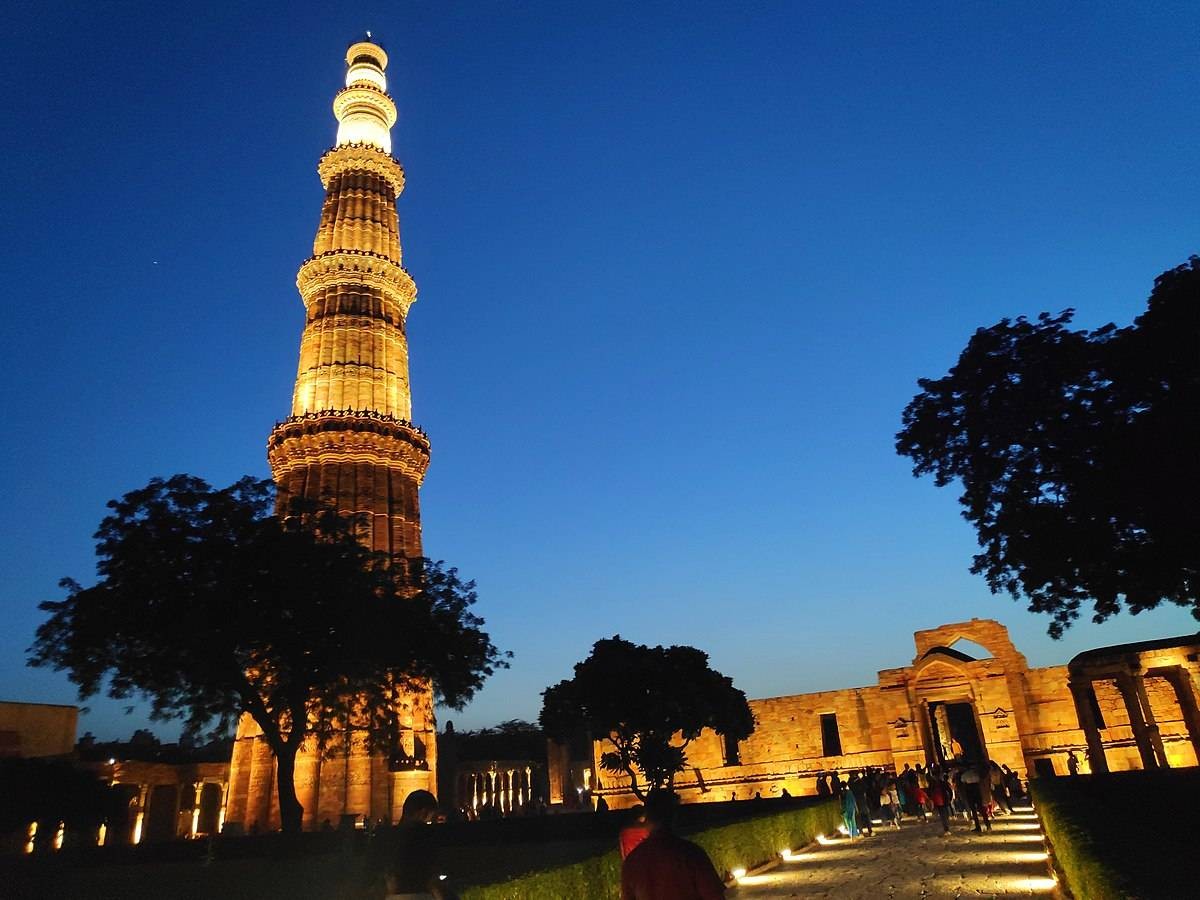
Standing tall amidst the ruins of ancient Delhi, the Qutub Minar is a towering monument that traces the city's architectural evolution over the centuries.
Historical Background
Built in the 12th century by Qutb-ud-din Aibak, the Qutub Minar is the tallest brick minaret in the world and a UNESCO World Heritage Site.
Architectural Details
The minaret's intricate carvings, inscriptions from the Quran, and distinct Indo-Islamic architectural style make it a must-visit attraction for history enthusiasts.
Visiting Tips
To avoid crowds and harsh sunlight, plan your visit to the Qutub Minar during the early morning or late afternoon hours.
8. Lotus Temple: A Symbol of Unity
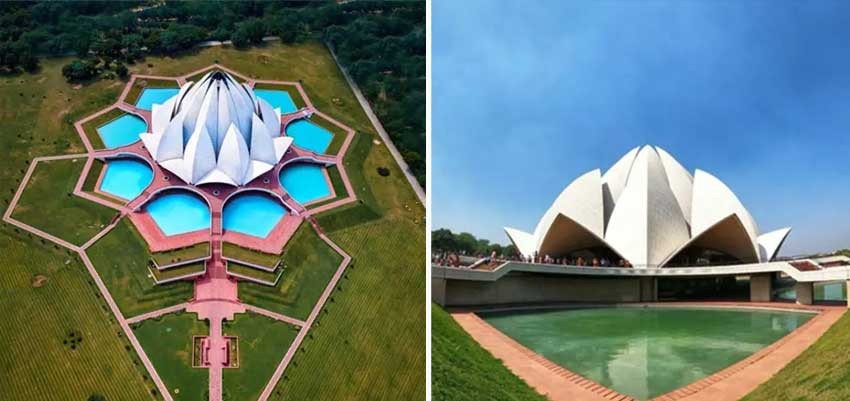
Located in New Delhi, the Lotus Temple is a breathtaking structure known for its distinctive lotus-shaped design and serene ambiance.
Overview of the Temple
Open to people of all faiths, the Lotus Temple is a Bahá'í House of Worship that promotes unity, peace, and spirituality.
Architectural Uniqueness
Designed by Iranian architect Fariborz Sahba, the temple's lotus-inspired architecture symbolizes purity, beauty, and the interconnectedness of all religions.
Spiritual Significance
Visitors can meditate, reflect, or simply enjoy the tranquil surroundings of the temple's prayer halls and lush gardens.
9. Humayun's Tomb: A UNESCO World Heritage Site

Inspired by Persian architecture, Humayun's Tomb is a stunning mausoleum that honors the Mughal Emperor Humayun and his legacy.
History and Architecture
Built in the 16th century by Emperor Akbar, the tomb features a grandiose red sandstone facade, intricate marble lattice work, and lush gardens reminiscent of paradise.
Garden Paradise
Surrounded by well-maintained gardens, water channels, and pavilions, Humayun's Tomb offers visitors a peaceful retreat from the hustle and bustle of Delhi.
Visitor Information
Ensure to wear comfortable footwear and carry water when exploring the tomb complex, as it involves walking and stairs.
Conclusion: Embrace the Richness of India's Golden Triangle Tour
The Golden Triangle Tour offers a captivating journey through India's rich history, diverse culture, and architectural wonders. From the iconic Taj Mahal to the majestic forts of Jaipur and the historical landmarks of Delhi, each destination unfolds a story of its own, leaving visitors spellbound and inspired. Embark on this unforgettable adventure and discover the timeless beauty of India's Golden Triangle.
FAQs (Frequently Asked Questions)
When is the best time to visit the Golden Triangle?
The best time to visit is during the winter months (October to March) when the weather is pleasant and ideal for sightseeing.
How many days are recommended for the Golden Triangle Tour?
It's recommended to spend at least 5-7 days to fully explore the Golden Triangle and its attractions without rushing.
Are there any cultural experiences available during the tour?
Yes, visitors can partake in cultural activities such as traditional dance performances, cooking classes, and heritage walks to immerse themselves in the local culture.
Is it safe to travel to the Golden Triangle as a solo traveler?
While solo travel is generally safe, it's advisable to take necessary precautions and be aware of your surroundings, especially in crowded areas.
What should I pack for the Golden Triangle Tour?
Essentials include comfortable clothing, sunscreen, a hat, sunglasses, a reusable water bottle, and any necessary medications
Comments